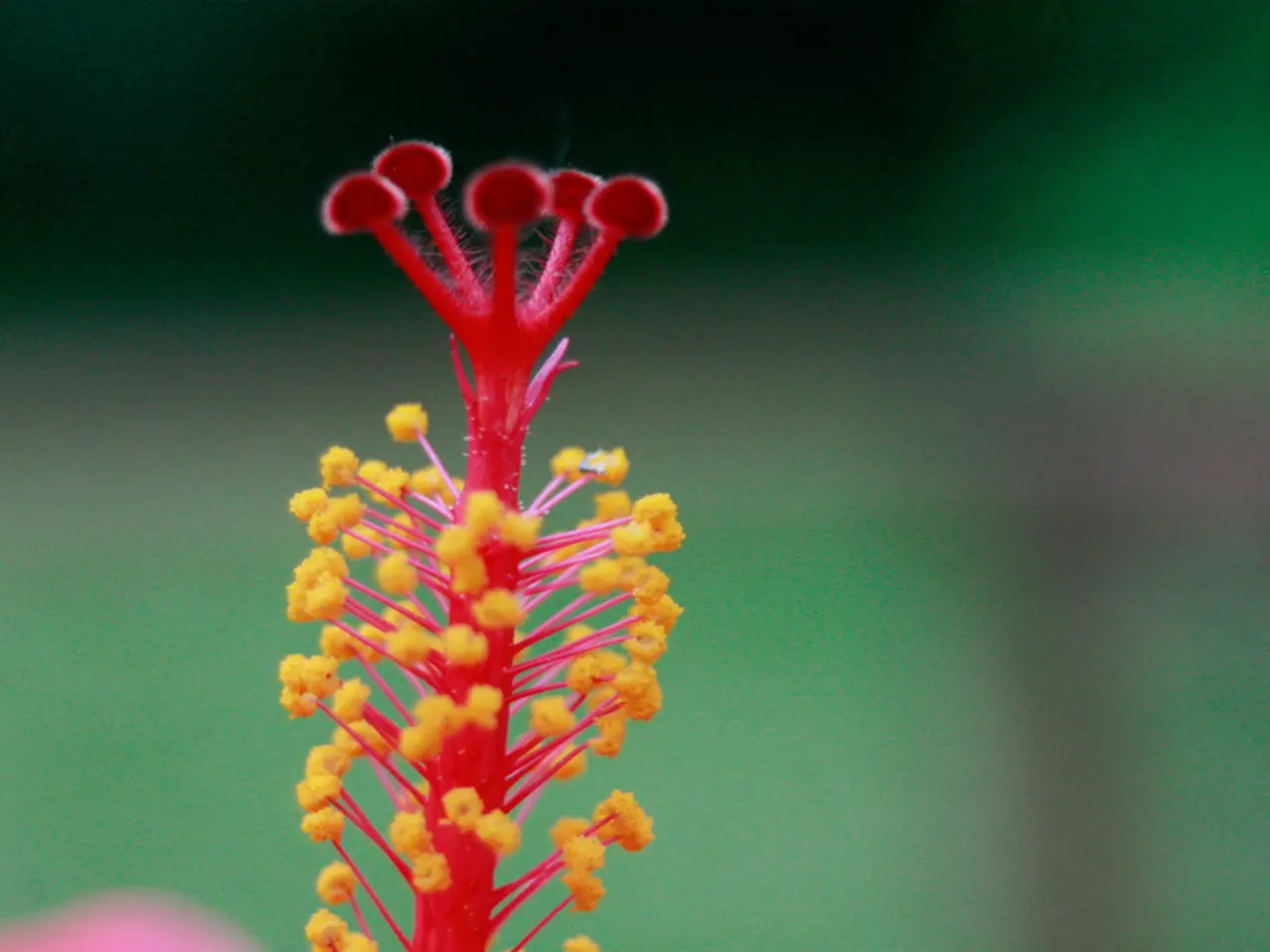Allergy sufferers should heed advice from the Warentest Foundation regarding the use of eye drops
In the height of spring, when pollen counts are high and plants are blooming earlier and more abundantly due to climate change, many people suffer from hay fever. This common allergy is an immune system reaction to a protein in the flower dust of plants, causing symptoms such as a runny or blocked nose, sneezing, throat irritation, and allergic conjunctivitis.
Allergic conjunctivitis, or allergic inflammation of the eye, can manifest with symptoms such as increased tearing, burning and pain, itching, a foreign body sensation in the eye, swollen eyelids, light sensitivity, and dark circles under the eyes. If you experience these symptoms, it's important to seek advice from a doctor or pharmacist, who can recommend the most suitable eye drops for relief.
When it comes to eye drops for allergies, there are several options available over the counter. In a recent test conducted by Stiftung Warentest, 17 products were evaluated for their effectiveness in preventing and alleviating hay fever symptoms. Among the tested products, several eye drops stood out as the best and most economical choices.
One such product is "Cromo-Ratiopharm," which contains the active ingredient Cromoglicic acid. This ingredient works by preventing immune cells from releasing histamine, a messenger substance that triggers the inflammatory reaction and typical hay fever symptoms. "Cromo-Ratiopharm" is a preservative-free eye drop, making it less likely to cause irritation, especially with prolonged use.
Another top-performing preservative-free eye drop is "Hylo-Comod," which proved to be the best and most cost-effective for allergic conjunctivitis. This eye drop is a reliable choice for those seeking relief from itchy, burning, and watery eyes caused by allergies.
For those looking for a quick-acting solution, "Allergo-Vision sine" eye drops may be a good choice. These eye drops contain Ketotifen as the main component, providing fast relief from symptoms such as itching, tearing, and redness. It's important to note that these eye drops should be used according to the recommended dosage and duration to avoid potential irritation.
Lastly, "Azela-Vision sine" eye drops are another option for treating allergy-induced eye irritations. These eye drops contain Azelastine and come in 20 single-dose containers for easy use. As with any eye drops, it's crucial to consult a doctor or pharmacist for the appropriate dosage and duration of use to ensure safe and effective relief from hay fever symptoms.
In conclusion, hay fever affects up to 20% of the population, and its symptoms can be debilitating. However, with the right eye drops, it's possible to find relief and enjoy the spring season without discomfort. By consulting a doctor or pharmacist and choosing a suitable eye drop from the tested options, you can alleviate your symptoms and enjoy the beauty of spring in comfort.
Read also:
- Foot massages and their impact on diabetic nerve pain (neuropathy)
- Public health advisory issued during congressional hearing as a former CDC official expresses concerns over potential adjustments to the routine child immunization plan.
- Amidst Challenges: HPV Vaccine Distribution Initiated in Flood-Stricken Areas Amidst Community Resistance
- Solar-powered LED lights are contributing to eco-friendly illumination options








